
Liquid Ortho Xylene
114 INR/Kilograms
Product Details:
- Storage Dry Place
- Boiling point 144 Degree C
- Form Liquid
- Purity 99%
- Type Liquid Ortho Xylene
- Usage Industrial
- Click to View more
X
Liquid Ortho Xylene Price And Quantity
- 114 INR/Kilograms
- 100 Kilograms
Liquid Ortho Xylene Product Specifications
- Industrial
- Dry Place
- Liquid
- 99%
- 144 Degree C
- Liquid Ortho Xylene
Liquid Ortho Xylene Trade Information
- Cash Advance (CA)
- 5000 Kilograms Per Month
- 7-10 Days
- Asia Australia Central America North America South America Eastern Europe Western Europe Middle East Africa
- All India
Product Description
Liquid Ortho Xylene also known as o-xylene, is a clear, colorless liquid with a sweet, aromatic odor. It is a type of xylene isomer, which is a mixture of three isomers of dimethylbenzene. Ortho-xylene is the most reactive and least stable isomer of the three. This is commonly used in the chemical industry as a solvent, particularly for the production of phthalic anhydride, which is used in the production of plasticizers, polyester resins, and alkyd resins. Liquid Ortho Xylene is also a volatile organic compound (VOC) and contributes to the formation of ground-level ozone and smog.
| Purity % | 99% |
| Grade Standard | Industrial Grade |
| Chemical Formula | C8H10 |
| Physical State | Liquid |
| Boiling Point | 144 Degree C |
| Pack Size | 172 Kgs |
| Pack Type | Barrel |
| Molar Mass | 106.16 g/mol |
| Brand | Pharmco |
| Country of Origin | Made in India |
FAQs of Liquid Ortho Xylene:
Q: What is Liquid Ortho Xylene?
A: Liquid Ortho Xylene is a clear, colorless liquid chemical compound with the molecular formula C8H10. It is commonly used in industrial settings for various applications.Q: What is the boiling point of Liquid Ortho Xylene?
A: The boiling point of Liquid Ortho Xylene is 144 degrees Celsius, or 291 degrees Fahrenheit. This means that it will become a gas at this temperature.Q: What is the purity of Liquid Ortho Xylene?
A: Liquid Ortho Xylene has a purity of 99%, meaning that it is highly concentrated and free from impurities. This makes it ideal for use in industrial processes.Q: How should Liquid Ortho Xylene be stored?
A: Liquid Ortho Xylene should be stored in a dry place, away from sources of heat, flame, or direct sunlight. It is important to follow all safety precautions when handling and storing this chemical.Q: What type of product is Liquid Ortho Xylene?
A: Liquid Ortho Xylene is a type of chemical compound that is commonly used in industrial applications. It is classified as a liquid and is also known as o-xylene.Q: Can Liquid Ortho Xylene be used for home purposes?
A: No, Liquid Ortho Xylene is strictly for industrial use and should not be used for any home purposes. It should only be handled by trained professionals and stored in a secure manner.Q: How can I use Liquid Ortho Xylene in industrial processes?
A: Liquid Ortho Xylene can be used as a solvent for various materials, as a precursor in the production of other chemicals, and as a fuel additive. It is important to follow proper safety guidelines and handling procedures when using this chemical.Tell us about your requirement

Price:
Quantity
Select Unit
- 50
- 100
- 200
- 250
- 500
- 1000+
Additional detail
Mobile number
Email
 English
English Spanish
Spanish French
French German
German Italian
Italian Chinese (Simplified)
Chinese (Simplified) Japanese
Japanese Korean
Korean Arabic
Arabic Portuguese
Portuguese
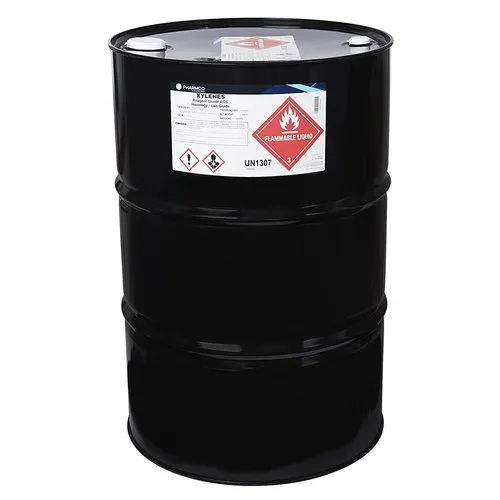

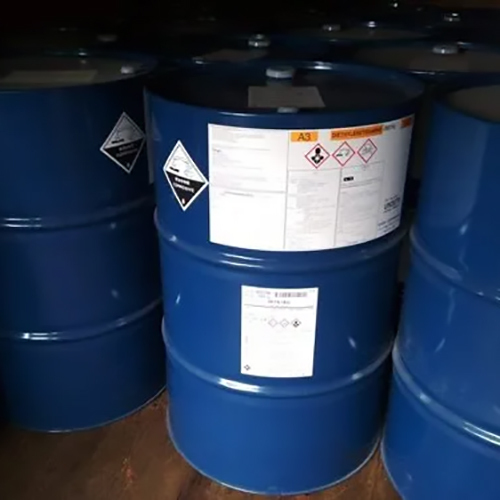
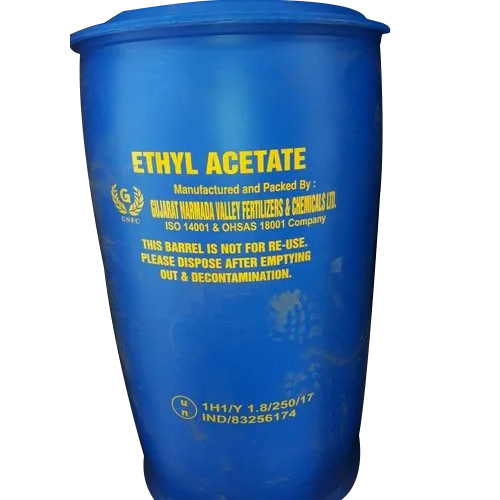
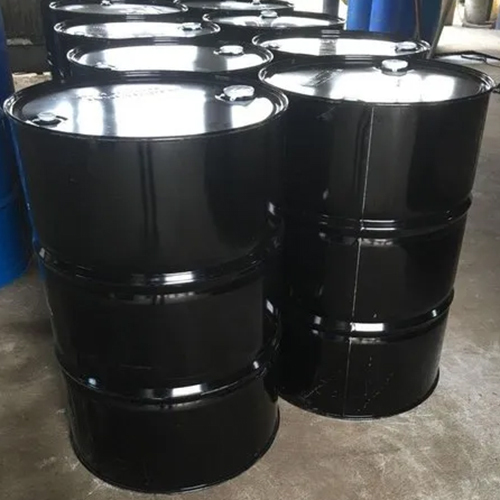
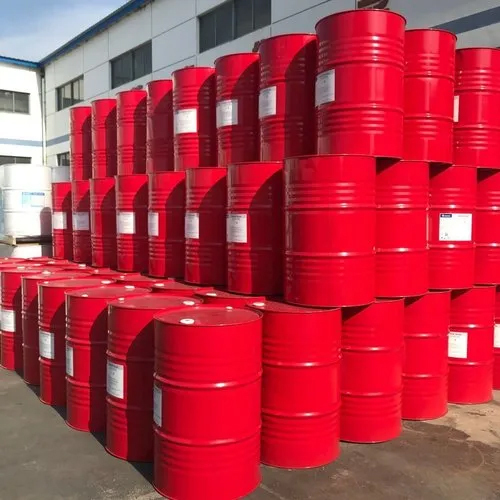
 Call Me Free
Call Me Free
